Amazon’s 15-Minute Micro-Fulfillment Rollout Begins
Amazon Launches 15-Minute Delivery Across the UAE — A Glimpse Into the Future of Hyperlocal Fulfillment
Amazon now delivers across the UAE in just 15 minutes with Amazon Now, plus thousands more items available within two hours.
Thanks to micro-fulfillment centers embedded within UAE neighborhoods, everyday essentials are now hitting customer doorsteps in as little as 15 minutes, with thousands more products available within two hours on Amazon.ae.
Using micro-hubs and lightning-fast logistics, Amazon’s UAE rollout in the Middle East may preview shorter delivery windows coming soon to its North American and European markets.

Micro-Fulfillment Moves Into the Spotlight
The foundation of this new Amazon service lies in compact, technology-driven micro-fulfillment centers (MFCs) positioned in urban zones such as Dubai Marina, Business Bay, JVC, Karama, Abu Dhabi Central, and Al Ain.
These smaller, high-velocity facilities store frequently purchased products — from fresh food and groceries to personal-care items and small electronics — allowing couriers to reach customers in minutes rather than hours.
Each location is digitally optimized through AI-based inventory placement and hyperlocal demand forecasting, enabling rapid picking and dispatch operations that minimize travel distance, reduce congestion, and cut last-mile emissions.
Operating 24 hours a day, seven days a week, the network underscores a broader shift within Amazon’s logistics model — ensuring essential goods remain always within reach.
Reinventing the Delivery Window
The introduction of 15-minute fulfillment reflects a larger global trend: the compression of delivery windows.
E-commerce leaders are no longer competing on same-day or next-day delivery — but on same-hour convenience.
By integrating micro-fulfillment sites into dense neighborhoods, Amazon is effectively redefining proximity in logistics, creating what some analysts describe as a “distributed warehouse network” capable of flexing to real-time consumer demand.
This model is already common across East Asia, where players like JD.com and Meituan operate city-scale micro-logistics networks.
Amazon’s UAE program may well serve as a precursor to similar deployments in North America and Europe — particularly as major cities push for lower emissions, shorter delivery radii, and faster turnaround times.
Prime Integration and Customer Adoption
The program is tightly integrated into Amazon’s Prime ecosystem:
Prime members receive free Amazon Now delivery on orders above AED 25, or pay a modest AED 6 fee for smaller baskets.
The two-hour delivery option covers thousands of items in categories such as electronics, baby products, and beauty, with free delivery for Prime members on orders above AED 100.
Early data suggests rapid adoption: average daily order volumes are growing more than 40% month-over-month, while Prime members double their purchase frequency once they begin using the 15-minute service.
Behind the Scenes: Technology and Infrastructure
At the core of Amazon Now are AI-driven inventory systems and proximity-based dispatch algorithms that optimize product availability, rider assignment, and routing in real time.
These micro-hubs leverage automated replenishment, data-driven SKU rotation, and continuous performance analytics to ensure high efficiency — all while maintaining Amazon’s standards for returns, customer support, and pricing consistency.
What This Means for Global Retail and Logistics
Amazon’s UAE rollout is more than a regional upgrade — it’s a strategic signal.
By proving the viability of micro-fulfillment across an entire national network, the company is testing the infrastructure and economics of instant delivery at scale.
If replicated elsewhere, this model could accelerate the global shift toward hyperlocal fulfillment networks — blending automation, AI, and urban logistics to make 15-minute delivery a mainstream expectation rather than a novelty.
Analysis
For industry observers, Amazon’s latest move represents a critical inflection point in last-mile logistics. It illustrates how retailers now treat delivery speed as an engineering variable, not merely a cost trade-off.
The implications extend far beyond groceries or household goods: the same urban micro-hub architecture could support autonomous delivery fleets, robotic sortation, and AI-coordinated dispatch systems — potentially transforming how urban fulfillment is designed and managed worldwide.
The site in Wilcza Góra was taken from groundbreaking to operational readiness in roughly a year — significantly faster than the large Ocado CFCs launched elsewhere.
Offering high performance and excellent payload capacities, these robots makes the perfect solution for a multitude of high-payload applications.
Kroger cancels plans for additional CFCs, to pay $350M to Ocado.
Walmart is using next-gen automation to cut a 12-step process to five and challenge Amazon on delivery speed.
Walmart’s engineers are moving away from writing every line of code and toward guiding AI-driven processes.
Watch how a full-store inventory scan can now be completed by one person in 18 minutes or less, with 100% accuracy.
Walmart’s leadership credits its momentum to one thing: using data aggressively.
The AI-supported system factors in live traffic and driver location to give customers a more accurate delivery timetable.
Why is automation underperforming? DHL’s latest data reveals the core issues.
Ocado Responds to Kroger’s CFC Closures — What Their New Statement Reveals (and What It Doesn’t).
Kroger announced that it will close three of its Ocado-powered CFCs — as it restructures its e-commerce operations.
DHL’s Insight 2030 report provides one of the most comprehensive snapshots of how supply chain leaders in North America view the next five years.
The first shipment of Locus Robotics’ new Locus Array robots has officially reached a DHL facility in Columbus, Ohio.
The super-deduction consists of a set of enhanced tax incentives meant to encourage productivity improvements, including automated and robotic equipment.
Global logistics giant DHL has opened a $90 million health logistics warehouse in Auckland.
Macy’s newest customer fulfillment and store replenishment center is a highly automated, state-of-the-art facility and the company’s largest and most advanced.
World’s largest food company is cutting 16,000 jobs due partly to automation.
Ekol Logistik, a Turkish 3PL, will build an automated mini-load warehouse on the outskirts of Istanbul.
The automation technology allows products to be retrieved from a 125,000-square-foot grid and delivered directly to employees, improving fulfillment speed, accuracy and efficiency.
The new facility will feature a cutting-edge case-picking and pallet-building system.
The offer builds on Amazon fulfillment service for merchants on other sales channels, including eBay, Etsy, Temu and TikTok Shop.
Spend 24 hours inside a DHL warehouse and experience how robotics is transforming its logistics.
LAPP USA partnered with Corvus Robotics to solve a long-standing supply chain challenge:.
After invested billions of dollars into automated e-commerce Kroger will now depend on its stores for digital growth.
More retailers are improving their 'Click and Collect' services, with one new trial using mini robots to speed up the process.
Walmart is now deploying automated packaging technology across multiple centers in Pennsylvania, Illinois, Texas, and California.
96% of Target’s online orders is fulfilled by its stores rather than warehouses
In our research with SMEs, we have uncovered strategies that can make automation feasible, even for businesses with lean budgets.
This new development signals a clear step forward in solving one of the most pressing challenges in warehouse automation today: space and deployment efficiency.






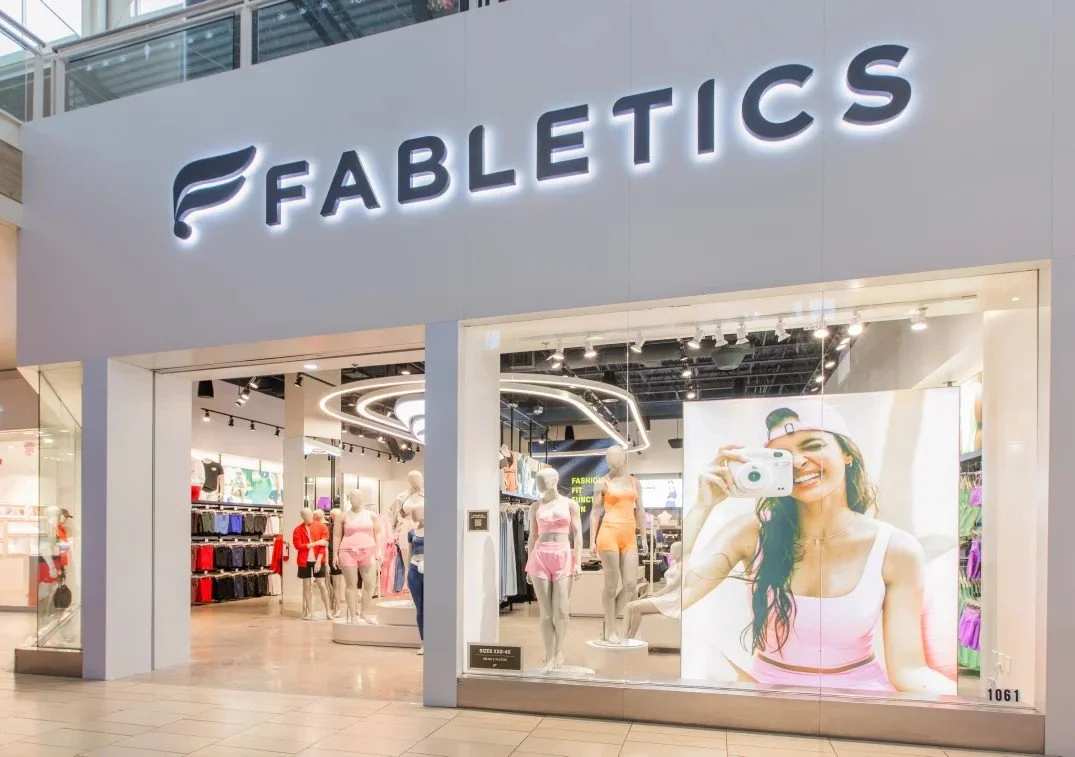
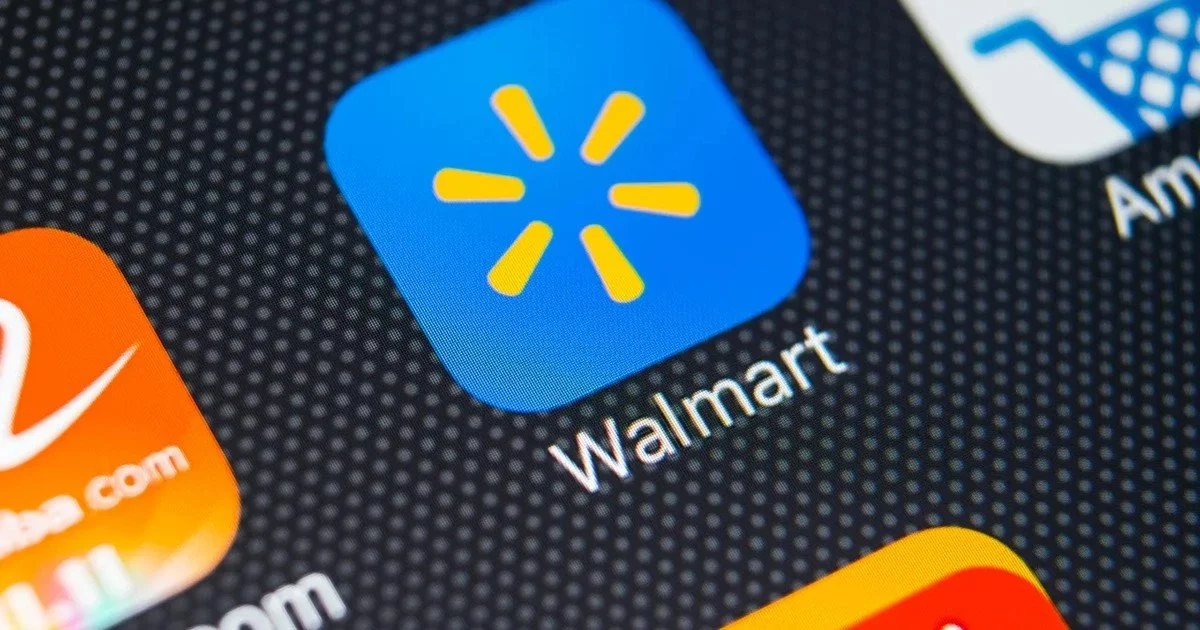
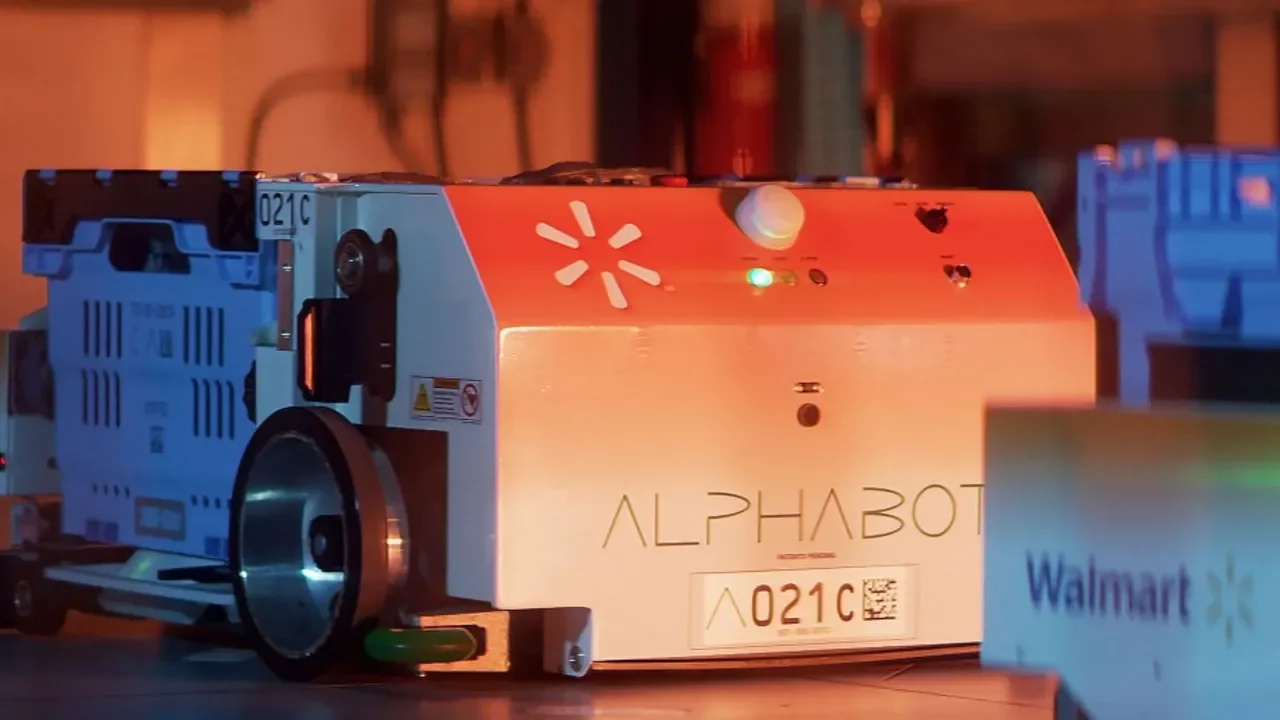








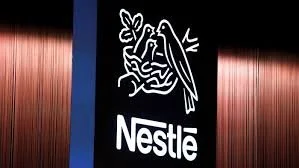
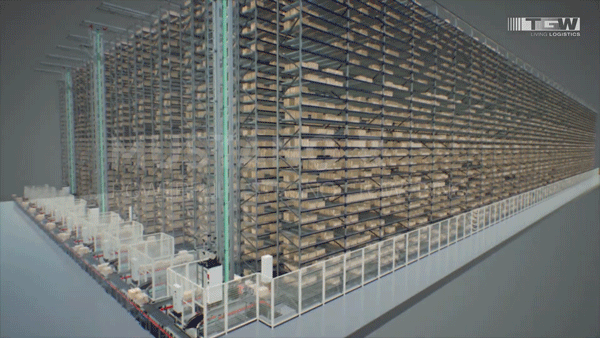

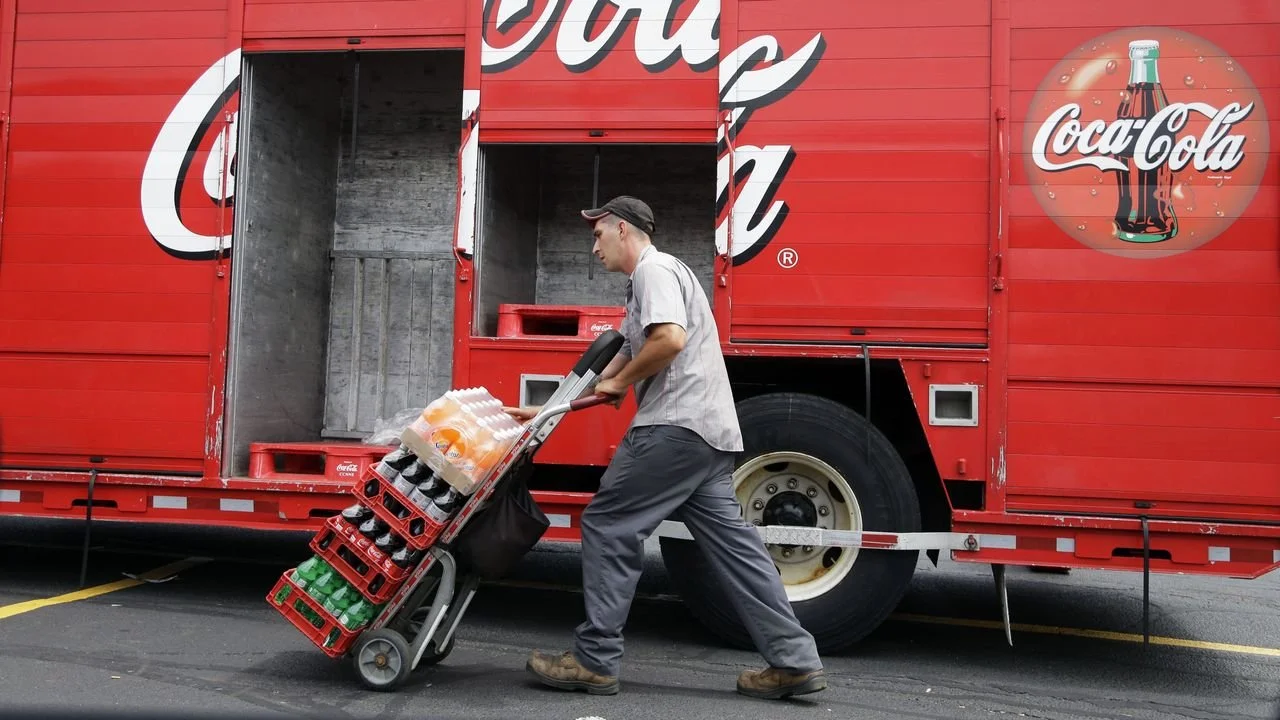

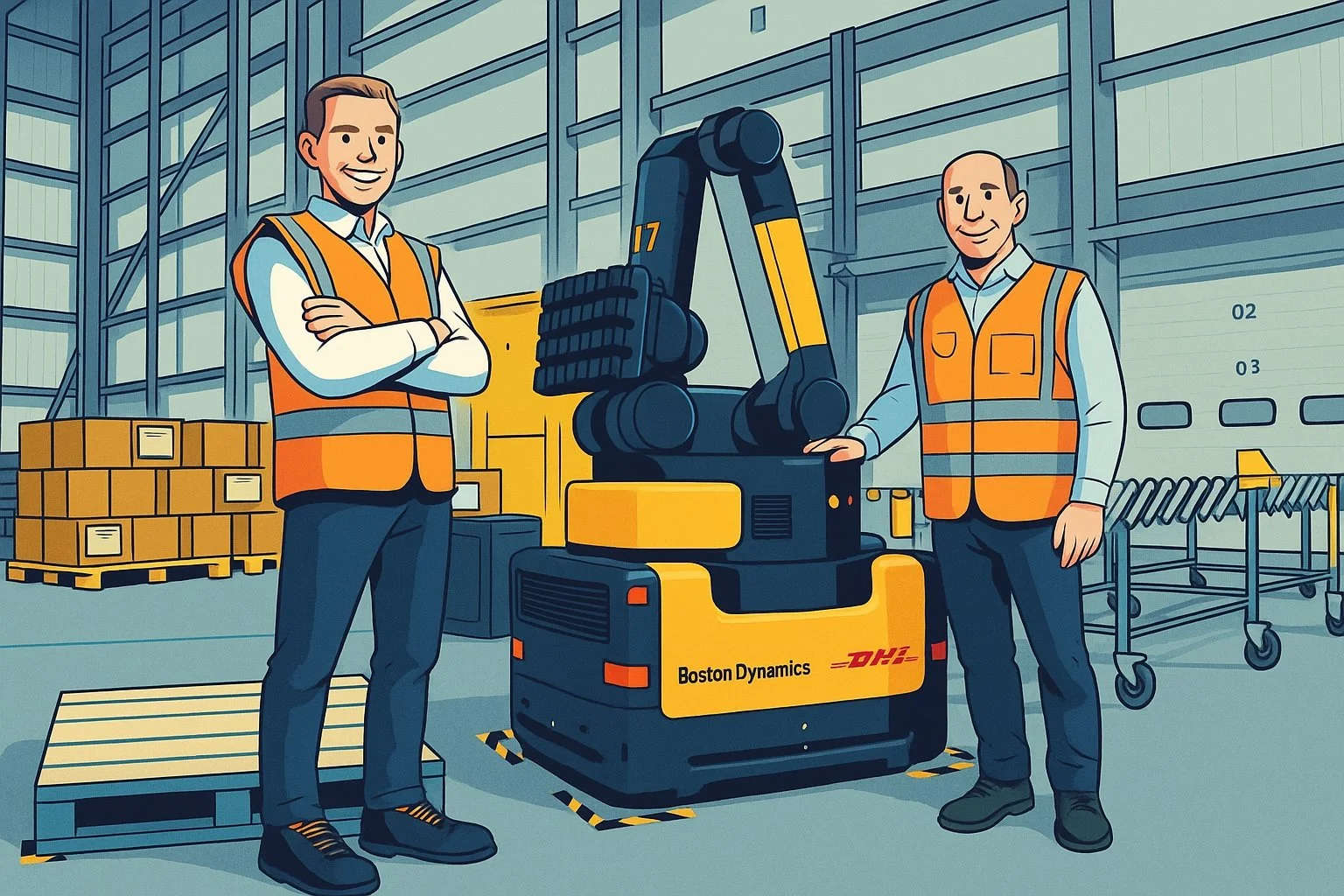
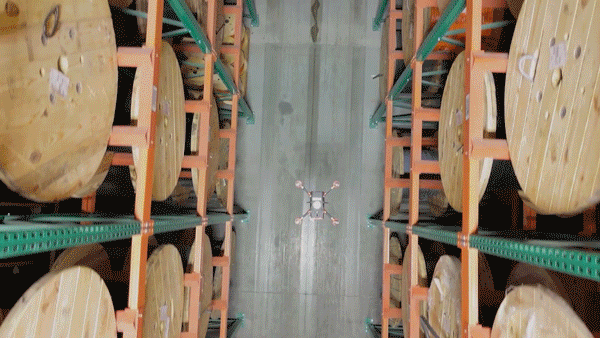
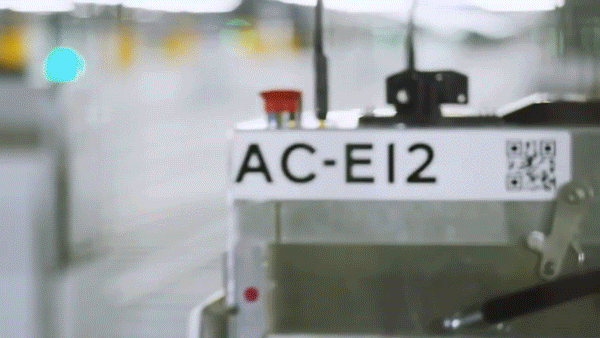
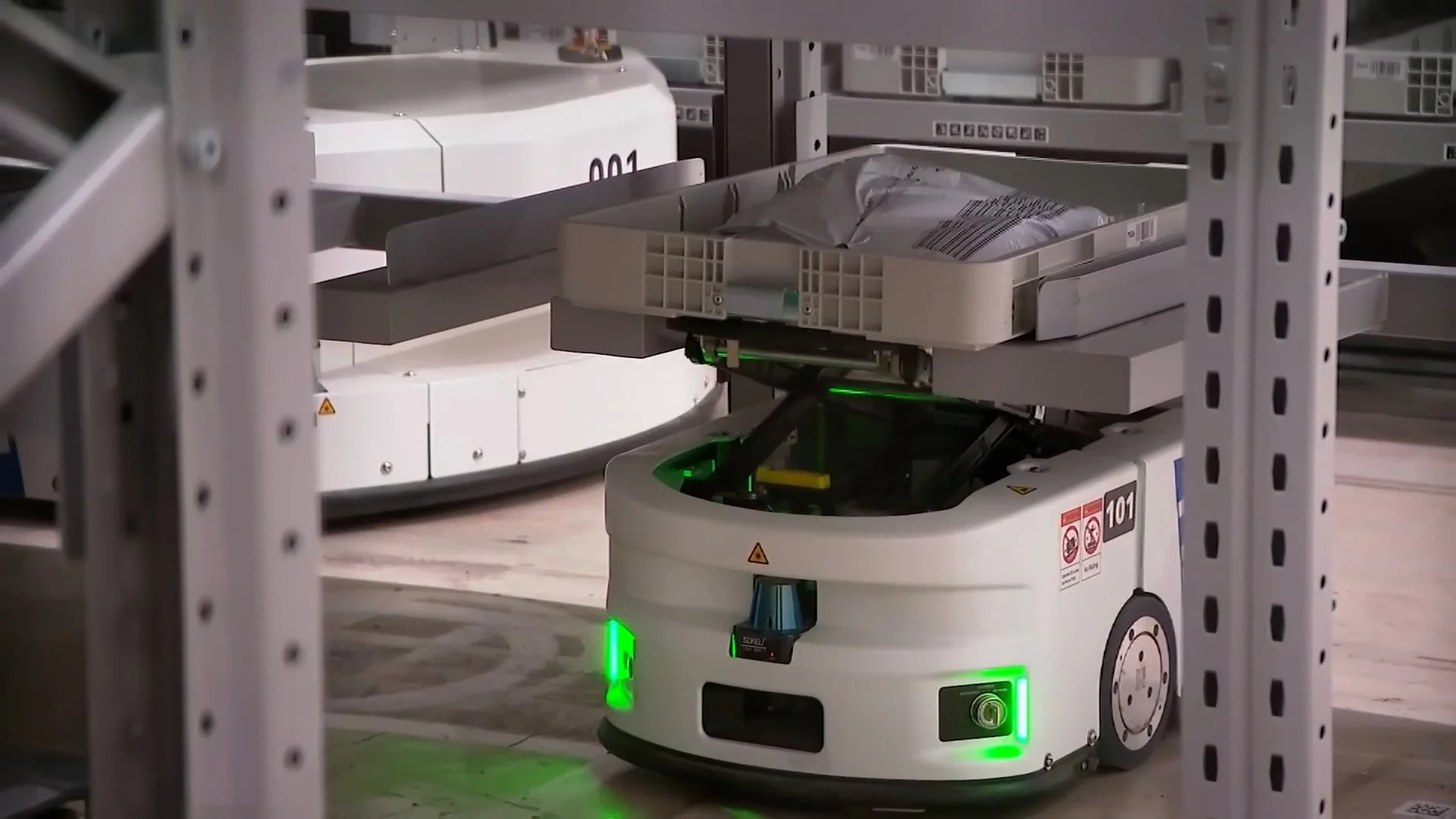




Host Evan Reiser welcomes Sally Miller, Global Chief Information Officer at DHL Supply Chain.